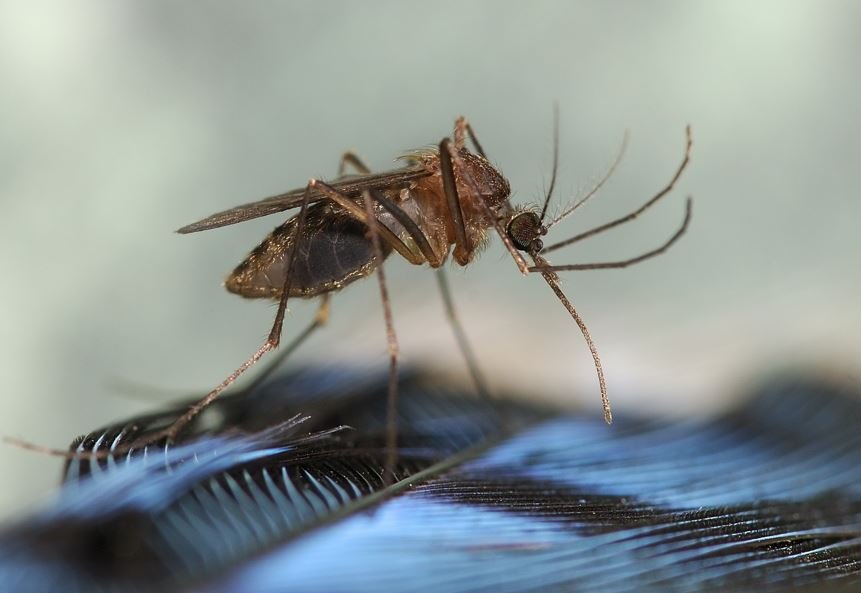Hotter weather, wider spread of infectious diseases?
Researchers are looking into the relationship between warmer temperatures and the spread of infectious diseases by insects such as mosquitoes. Credit: Centers for Disease Control and Prevention
I've been thinking about the weather and climate change recently because it has some direct connection to the work that I do in infectious diseases.
One of the things that caught researchers’ attention is the relationship between warmer temperatures and the spread of infectious diseases.
In places that are starting to get warmer, those temperatures become more hospitable to mosquitoes and ticks that spread infectious diseases.
A tick is about the size of the sesame seeds on this bun. Credit: cdc.gov/ticks/gallery/index.html
We’ve seen the spread of Lyme disease throughout New York in the past couple of decades. There also are a variety of mosquito-transmitted infections. You may remember the Zika virus in 2015 and 2016.
The virus spread from southeast Asia to Brazil to the New York City area. Zika not only makes people sick, but you can have the spread of this virus in pregnancy and there were a number of sexually transmitted cases. There was a time when Zika was pretty limited to the hottest places on the planet in southeast Asia and it was not seen elsewhere.
The Centers for Disease Control and Prevention issued an advisory in June after malaria cases were reported in Texas and Florida in people who did not travel to places where malaria is common. Credit: https://emergency.cdc.gov/han/2023/han00494.asp
Another infection that some people might not think is an infectious disease is malaria. Recently we've seen five cases of malaria spread within Texas and Florida in people who have not traveled to places where malaria is normally seen. So this is an unusual happening, something that I would call a signal of climate change that results in conditions that are more hospitable to these kinds of infections that we have not seen her previously.
So when people start talking about climate change, we need to take it seriously and not go down the rabbit hole of it's a hoax or there's a conspiracy around it or something like that because it really and truly is very real.
We may see just a limited number of these infections and it isn't a problem for a while. But that’s the way these kinds of new infections emerge, and it can become a problem later on.
So what do we do now? Certainly be aware of this. Stay away from shallow, still water, which is where mosquitoes breed. Wear long sleeves and long pants in wooded areas and use an insecticide approved by the EPA.
Take precautions such as spraying clothing when going into wooded or grassy areas. Credit: cdc.gov/niosh
Those are the best precautions for now. But we need to take this seriously.




